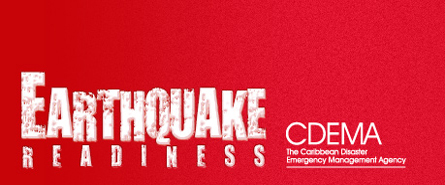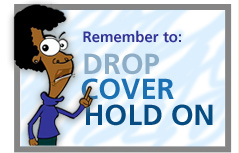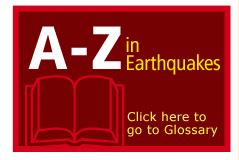
Warning: strtotime(): It is not safe to rely on the system's timezone settings. You are *required* to use the date.timezone setting or the date_default_timezone_set() function. In case you used any of those methods and you are still getting this warning, you most likely misspelled the timezone identifier. We selected the timezone 'UTC' for now, but please set date.timezone to select your timezone. in /home/wereadyo/public_html/earthquake/libraries/joomla/utilities/date.php on line 56
Warning: date(): It is not safe to rely on the system's timezone settings. You are *required* to use the date.timezone setting or the date_default_timezone_set() function. In case you used any of those methods and you are still getting this warning, you most likely misspelled the timezone identifier. We selected the timezone 'UTC' for now, but please set date.timezone to select your timezone. in /home/wereadyo/public_html/earthquake/libraries/joomla/utilities/date.php on line 198
| Impact of Earthquakes on Children |
|
During the Chinese earthquake (2008) more than 7,000 children were killed in their schools and an estimated 7,000 classrooms were destroyed. The earthquake in Pakistan (2005) killed at least 17,000 students in schools and seriously injured another 50,000, leaving many disabled and over 300,000 children affected. Moreover 10,000 school buildings were destroyed. In some districts 80% of schools were destroyed. As these figures demonstrate, earthquakes continually destroy or damage school infrastructure, a great economic loss for a country, with the cost of reconstruction a substantial burden on the economy. The death of the children in these schools causes irreplaceable loss to families, communities and countries and life-long injury to millions of children around the world. It's not the Earth's shaking itself that causes the most injury and harm. Instead, it's the things that the earthquake puts into motion: the shaking of buildings, structures, and even ordinary household items. Anything that can move, fall, break, or cause a fire can be an earthquake hazard. In an earthquake, most injuries and deaths are caused by loose objects in and on buildings. During the shaking, cabinets and bookcases topple, objects fall out of cabinets, and hanging or large plants fall. Door frames and window jambs may be bent when walls move. Doors may slam or jam shut, and window glass can shatter, sending broken glass into the room, sidewalks and streets. Light fixtures, sprinkler heads, and other ceiling components may pop out and fall. Objects mounted on the walls (such as clocks, maps, and art work) may shake loose and fly across the room. The electricity may go out, and the sprinkler systems or fire alarms may turn on. If you are outside other dangers may exist as gas lines rupture, light poles fall, glass breaks, cars swerve and buildings and debris fall. A young child killed in Guadeloupe in the November 20, 2007 earthquake, was standing near a wall which collapsed. Children’s Reaction to Earthquakes
It is natural for children (and adults) to be afraid. Earthquakes are difficult to cope with as they come without warning and are followed by aftershocks, so survivors do not experience a clear end to the crisis. Some children have reactions very soon, while others may experience problems weeks or months later.
During and after an earthquake, children usually become tearful and clinging. They want their parents. After a disaster, children are most afraid that the event will happen again, someone will be injured or killed, they will be separated from family and they will be left alone. Some may wet themselves or experience nausea and vomiting.
|



Home | Glossary | Contact Us | Sitemap | Disclaimer










